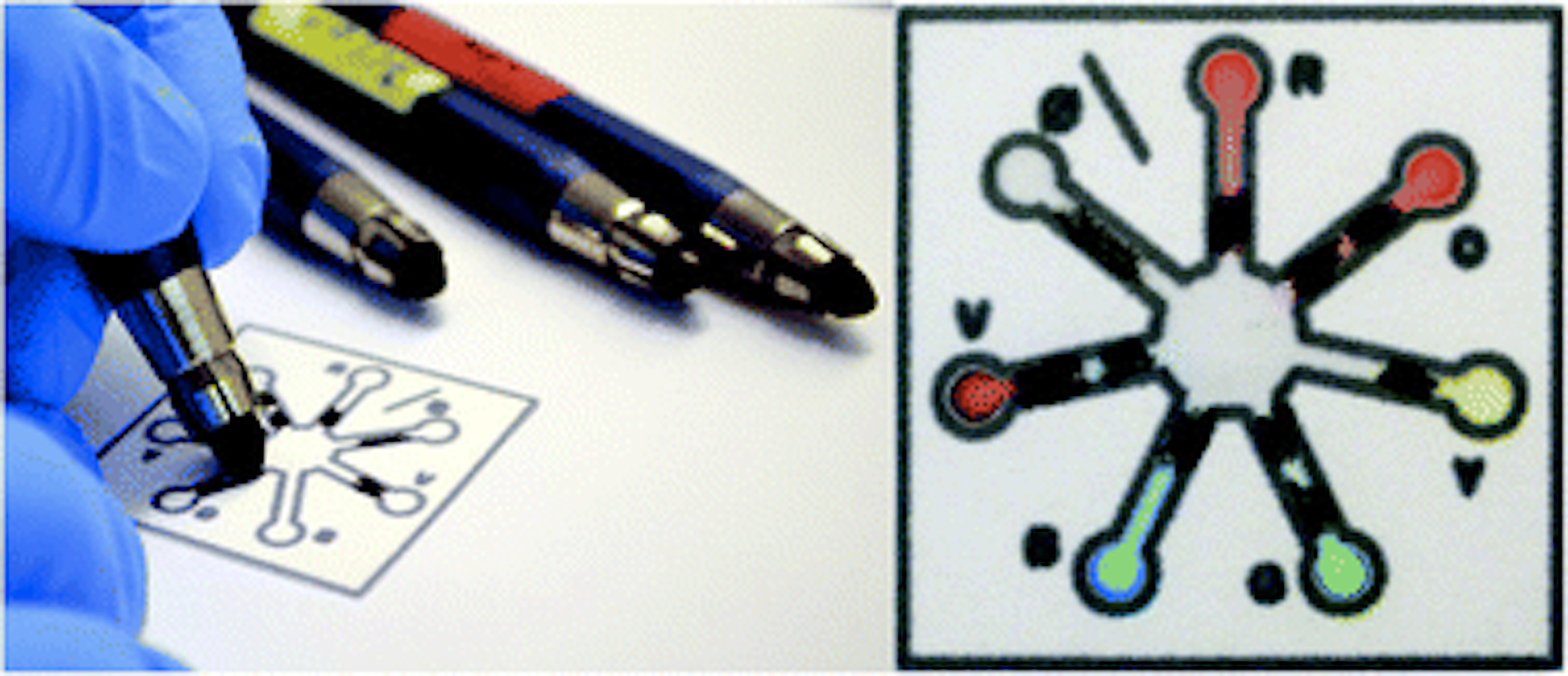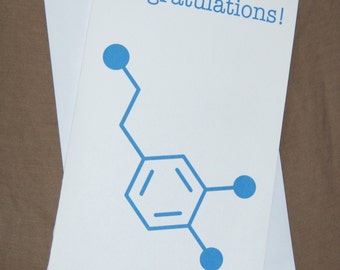
We can even go one step further and classify salt as a homogenous mixture because there is no obvious separation between its ingredients. Salt contains NaCl molecules, as well as sodium ferrocyanide (Na4Fe(CN)6), and either potassium iodide (KI), sodium iodide (NaI), or sodium iodate (NaIO3). Table salt is a mixture because it contains at least three substances. Think of oil and water mixed together: the oil floats to the top, separating itself from the water in a clear boundary. Heterogenous mixturesĪ heterogeneous mixture has a clear line between the two substances. An example of a homogeneous mixture would be salt and sugar. A homogenous mixture has the two substances spread evenly through it so that there is no clear line between the two. Mixtures come in two different forms, homogenous and heterogenous. Two different substances, made out of different molecules, mixed into one. An example of a mixture would be sand and salt together. “Physically combined” here means mixed together without a chemical reaction. MixturesĪ mixture is made out of two or more physically combined substances. Pure salt (NaCl) is a compound, but since table salt contains more than NaCl, we do not count it as one. Therefore, its molecules will be different, like this: Its molecules are made out of two elements, hydrogen and oxygen, and all its molecules are the same, like this:Īn example of something that is not a compound would be steel: steel is made out of iron molecules, carbon molecules and contains traces of manganese, silicon, phosphorus, sulfur, and oxygen. The Difference Between Compounds, Solutions, and Mixtures CompoundsĪ compound is a uniform substance containing one type of molecule made out of two or more elements.

Despite the “cyanide” in the name, it is a harmless substance, approved multiple times for use in food.

It absorbs oil and water, preventing the salt from sticking together into a clump. The most common anti-caking agent is sodium ferrocyanide (Na4Fe(CN)6), also known as yellow prussiate of soda. However, it also contains an anti-caking agent, as well as some healthy add-ons. Everyday table salt is 97-99% sodium chloride (NaCl).


 0 kommentar(er)
0 kommentar(er)
